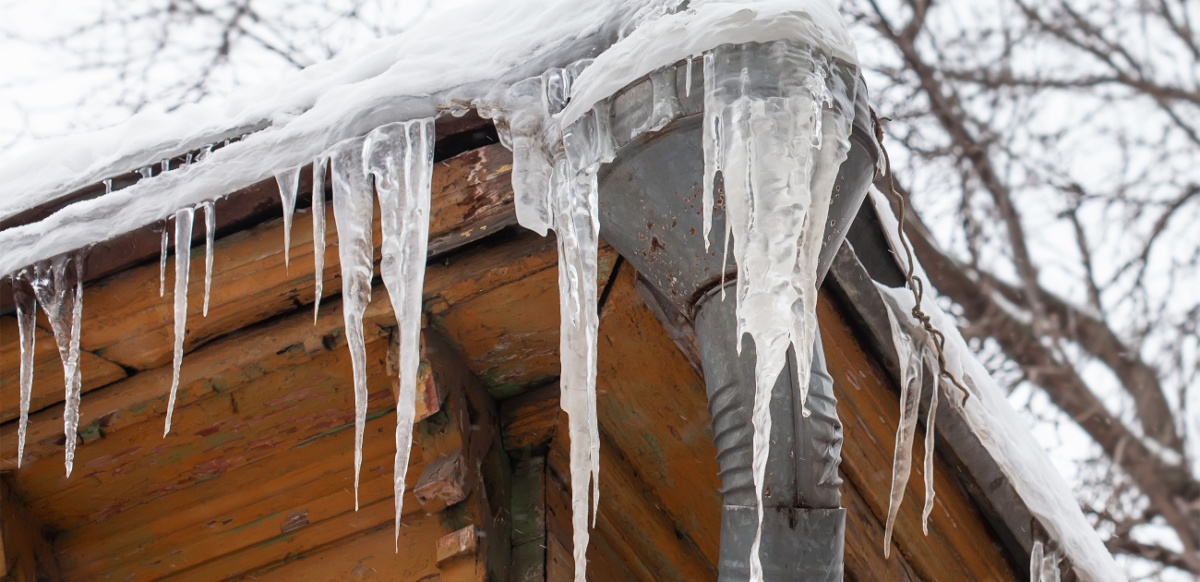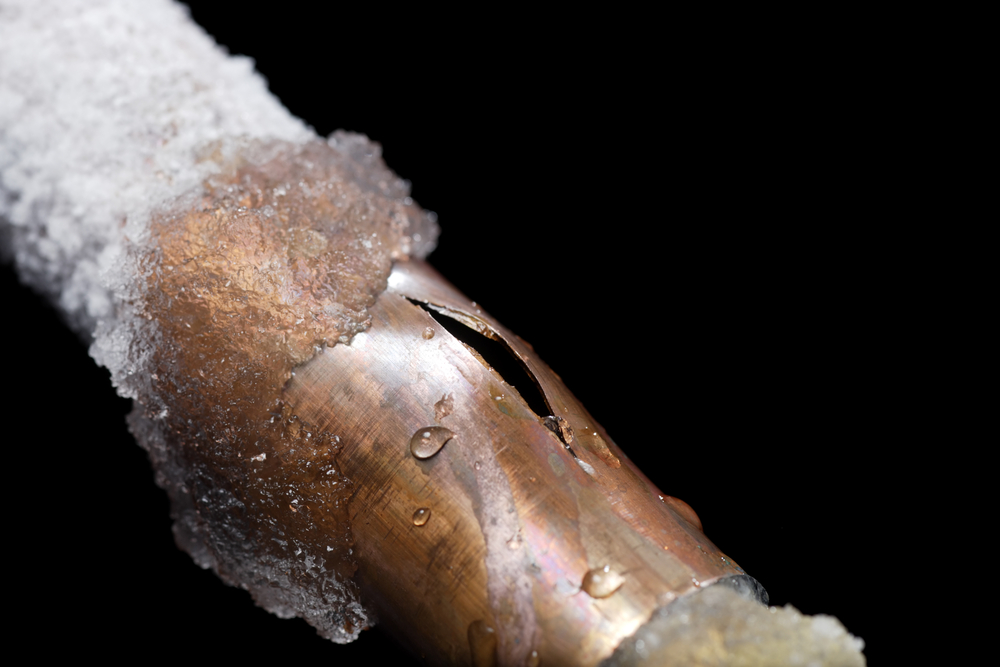What are your thoughts about Helpful Tips to Prevent Frozen Pipes this Winter?

Cold weather can ruin your pipes, specifically by freezing pipes. Right here's just how to prevent it from taking place and what to do if it does.
Introduction
As temperature levels decline, the danger of frozen pipelines boosts, potentially bring about pricey repair work and water damage. Recognizing exactly how to avoid frozen pipelines is vital for homeowners in chilly climates.
Comprehending Frozen Pipes
What causes pipes to ice up?
Pipelines freeze when exposed to temperatures below 32 ° F (0 ° C) for extended periods. As water inside the pipelines ices up, it increases, taxing the pipeline wall surfaces and potentially causing them to burst.
Risks and problems
Frozen pipelines can lead to water supply disturbances, residential or commercial property damage, and expensive repair work. Ruptured pipes can flooding homes and cause extensive structural damages.
Indications of Frozen Water Lines
Identifying frozen pipes early can stop them from rupturing.
Exactly how to recognize icy pipes
Try to find decreased water flow from taps, unusual odors or sounds from pipelines, and visible frost on exposed pipes.
Avoidance Tips
Insulating prone pipes
Cover pipes in insulation sleeves or utilize warmth tape to shield them from freezing temperature levels. Focus on pipes in unheated or exterior areas of the home.
Heating strategies
Keep indoor areas appropriately warmed, especially locations with pipes. Open cupboard doors to permit warm air to flow around pipes under sinks.
Securing Outside Plumbing
Yard pipes and outdoor taps
Disconnect and drain pipes garden hoses before wintertime. Mount frost-proof spigots or cover outside faucets with protected caps.
What to Do If Your Pipes Freeze
Immediate activities to take
If you believe frozen pipes, keep faucets available to ease pressure as the ice thaws. Make use of a hairdryer or towels taken in warm water to thaw pipelines slowly.
Long-Term Solutions
Architectural changes
Consider rerouting pipes away from outside wall surfaces or unheated locations. Include added insulation to attics, basements, and crawl spaces.
Upgrading insulation
Purchase high-quality insulation for pipes, attic rooms, and walls. Proper insulation assists maintain constant temperatures and reduces the danger of frozen pipelines.
Verdict
Stopping icy pipes needs aggressive actions and quick actions. By comprehending the causes, signs, and preventive measures, homeowners can shield their plumbing throughout cold weather.
5 Ways to Prevent Frozen Pipes
Drain Outdoor Faucets and Disconnect Hoses
First, close the shut-off valve that controls the flow of water in the pipe to your outdoor faucet. Then, head outside to disconnect and drain your hose and open the outdoor faucet to allow the water to completely drain out of the line. Turn off the faucet when done. Finally, head back to the shut-off valve and drain the remaining water inside the pipe into a bucket or container. Additionally, if you have a home irrigation system, you should consider hiring an expert to clear the system of water each year.
Insulate Pipes
One of the best and most cost-effective methods for preventing frozen water pipes is to wrap your pipes with insulation. This is especially important for areas in your home that aren’t exposed to heat, such as an attic. We suggest using foam sleeves, which can typically be found at your local hardware store.
Keep Heat Running at 65
Your pipes are located inside your walls, and the temperature there is much colder than the rest of the house. To prevent your pipes from freezing, The Insurance Information Institute suggests that you keep your home heated to at least 65 degrees, even when traveling. You may want to invest in smart devices that can keep an eye on the temperature in your home while you’re away.
Leave Water Dripping
Moving water — even a small trickle — can prevent ice from forming inside your pipes. When freezing temps are imminent, start a drip of water from all faucets that serve exposed pipes. Leaving a few faucets running will also help relieve pressure inside the pipes and help prevent a rupture if the water inside freezes.
Open Cupboard Doors
Warm your kitchen and bathroom pipes by opening cupboards and vanities. You should also leave your interior doors ajar to help warm air circulate evenly throughout your home.

Hopefully you enjoyed our piece about Winter Plumbing Precautions: Preventing Frozen Pipes. Thanks a ton for taking a few minutes to read through our short article. Please pause to share this blog entry if you enjoyed it. Thanks so much for taking the time to read it.
Request Your Service
Comments on “Avoid Frozen Plumbing in Cold Weather: Expert Strategies”